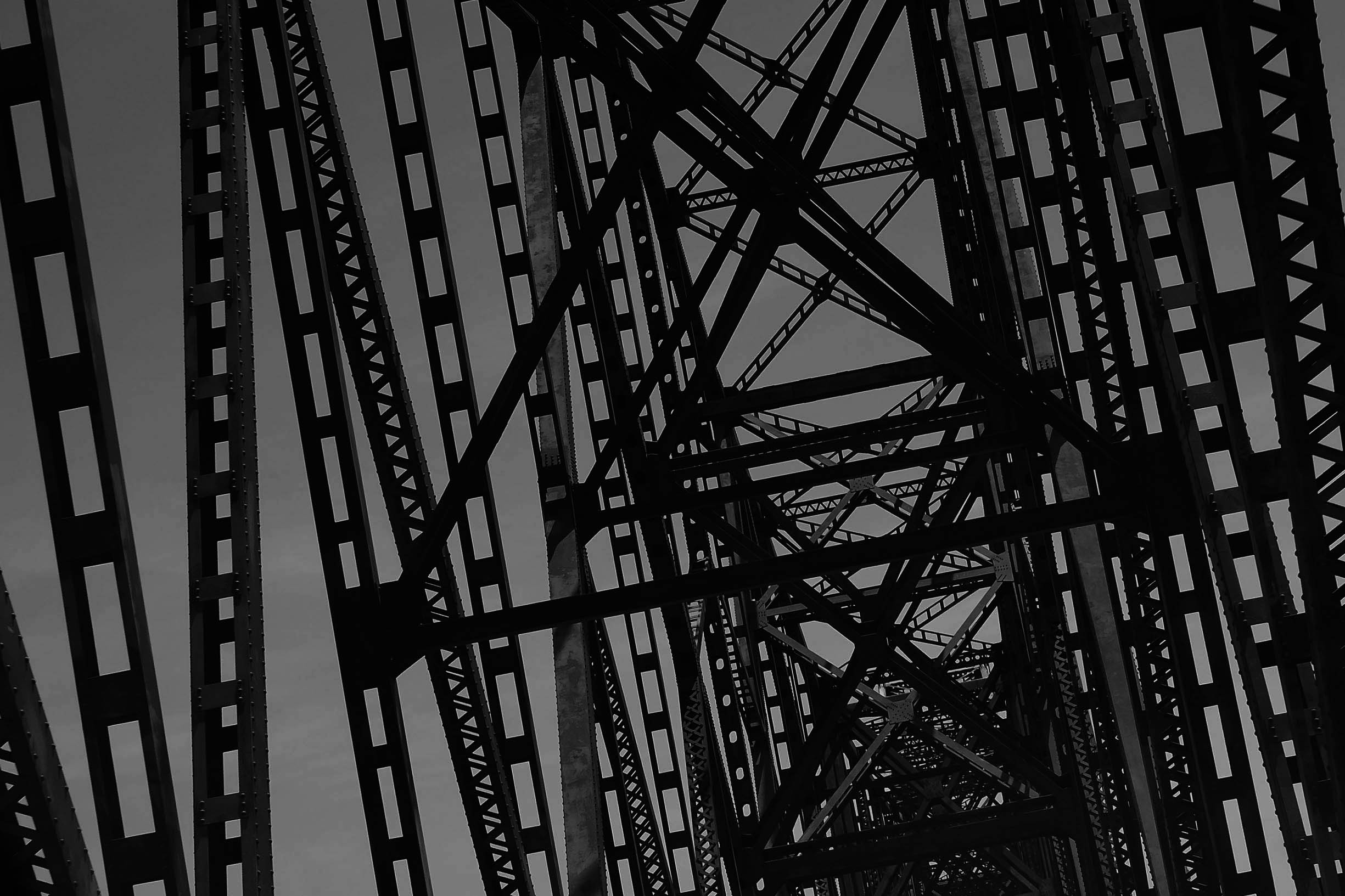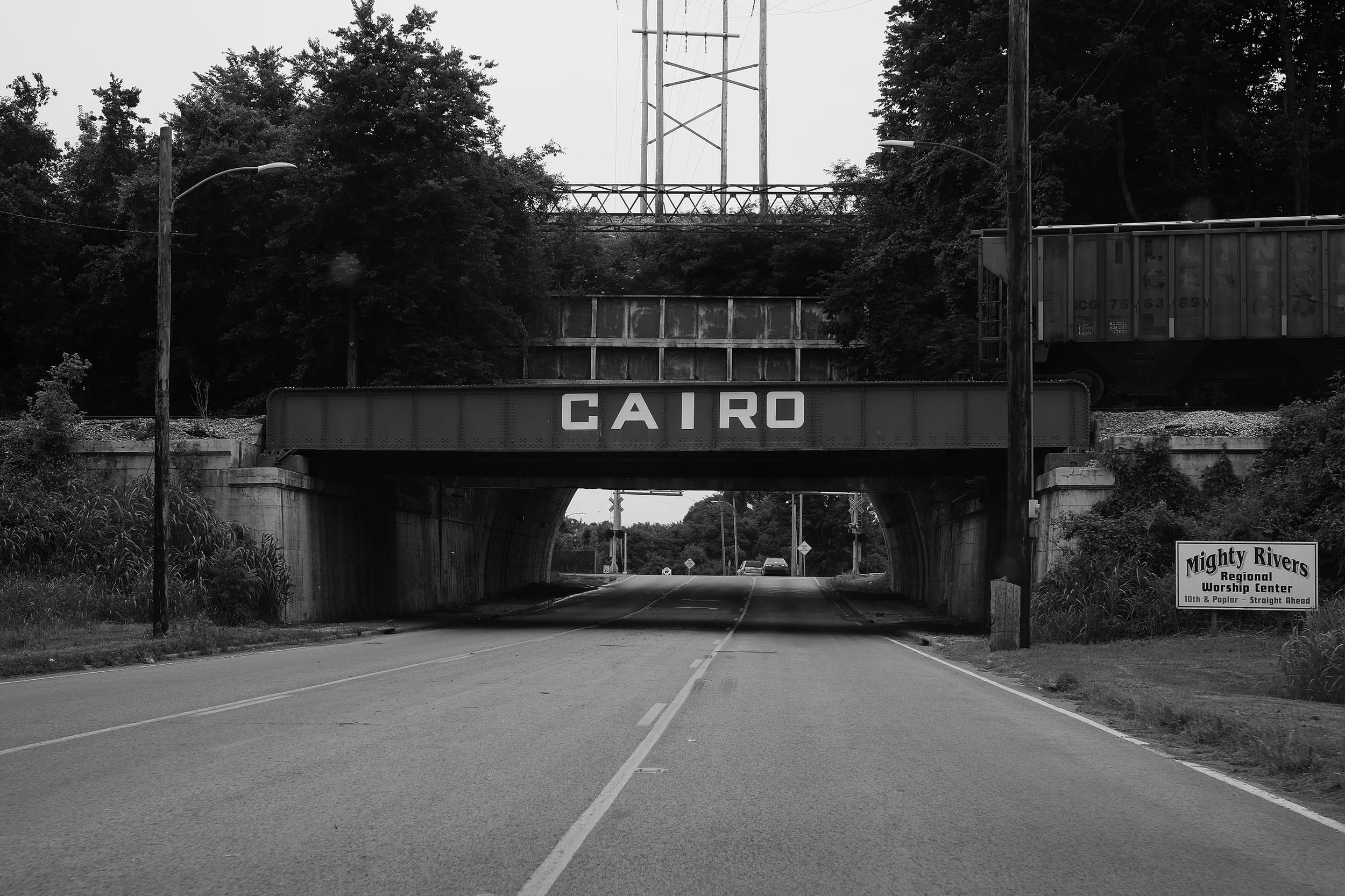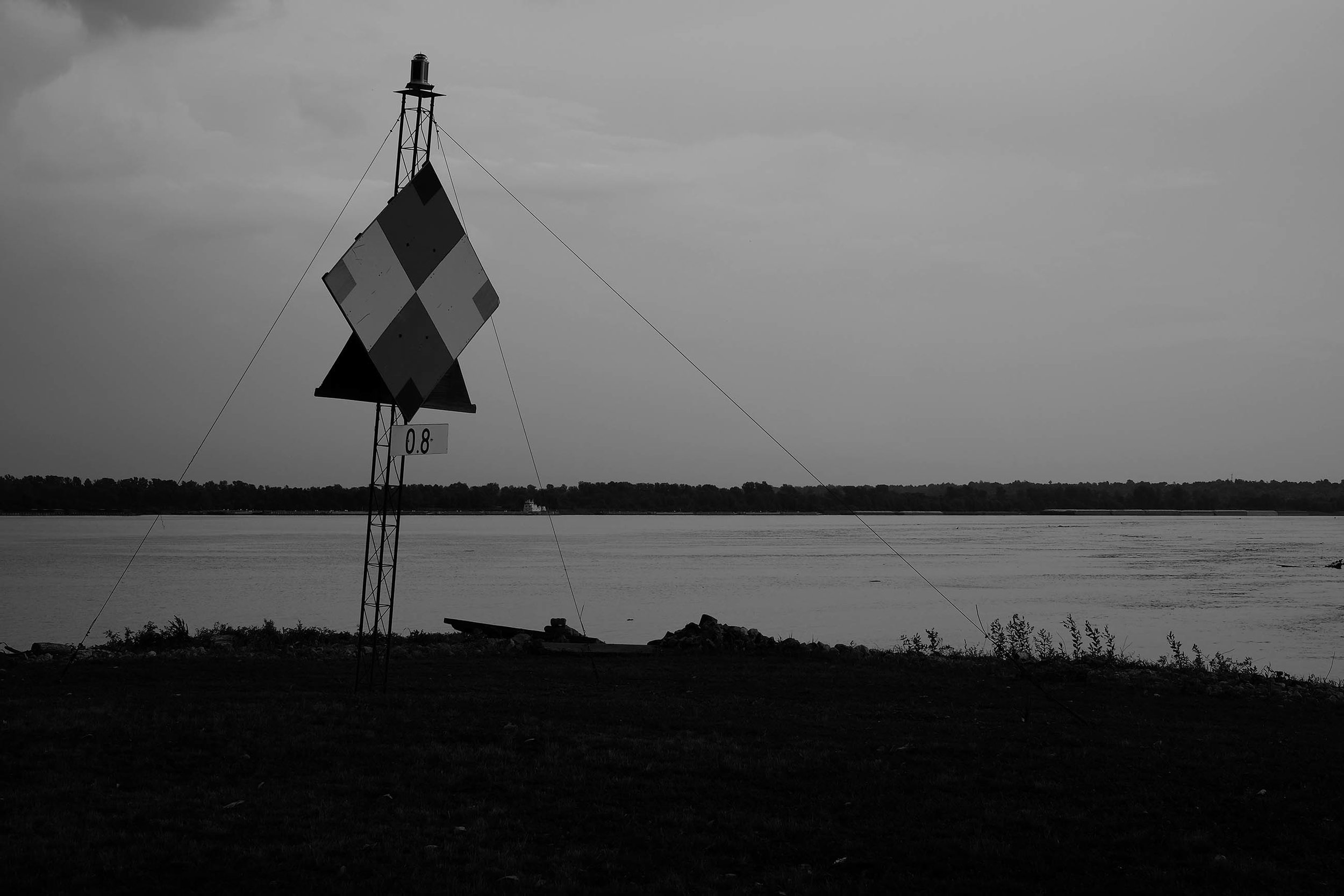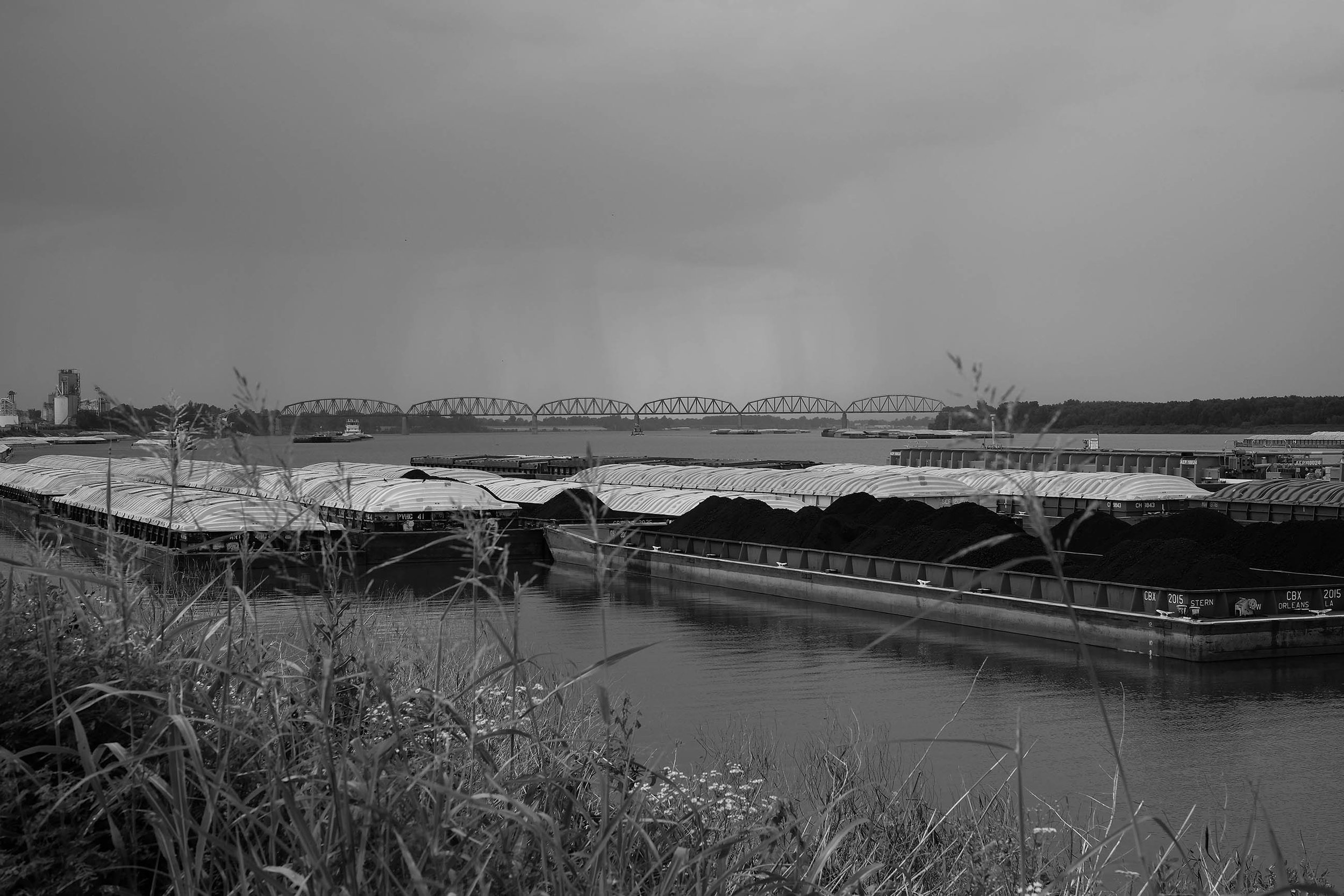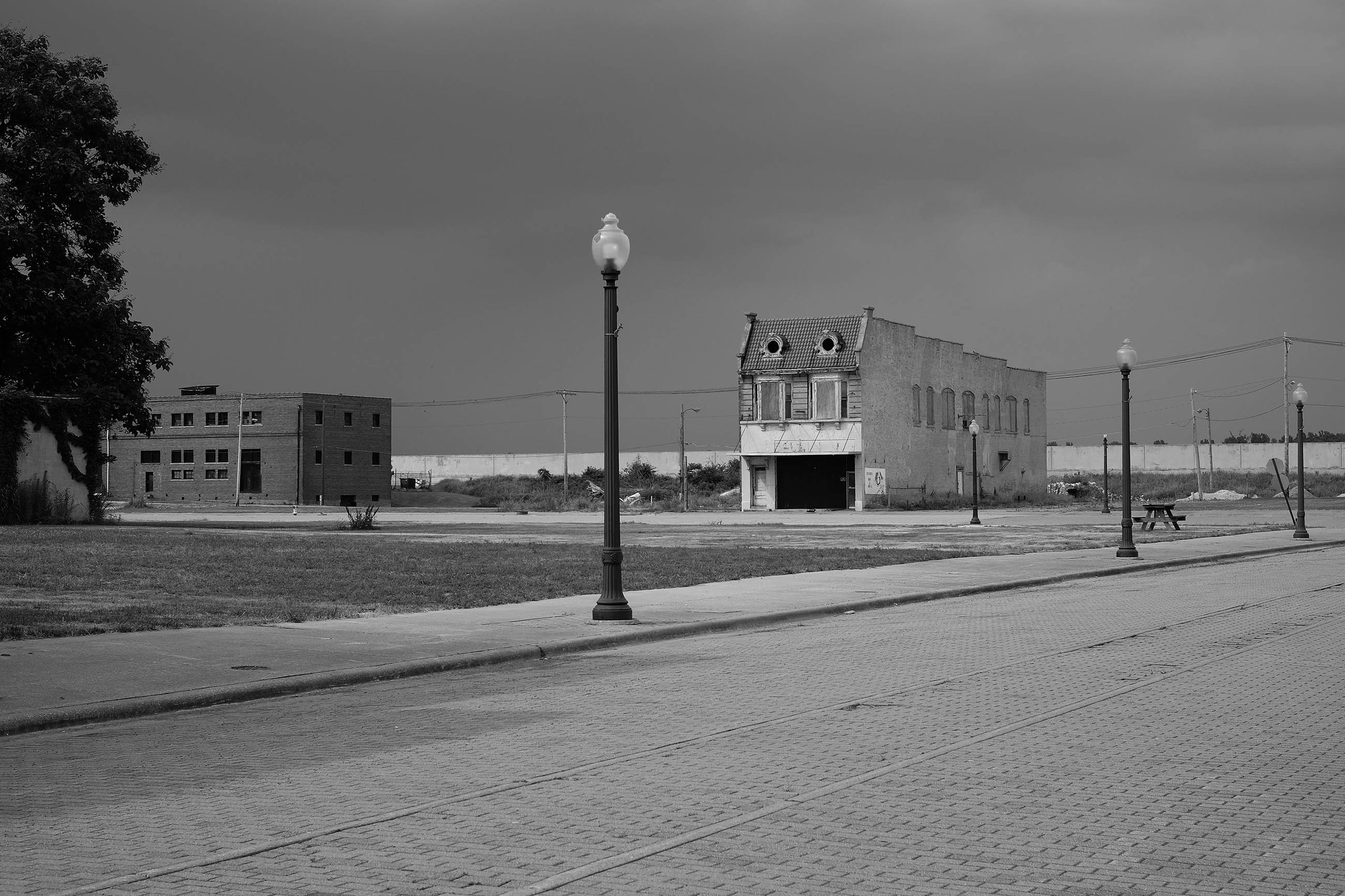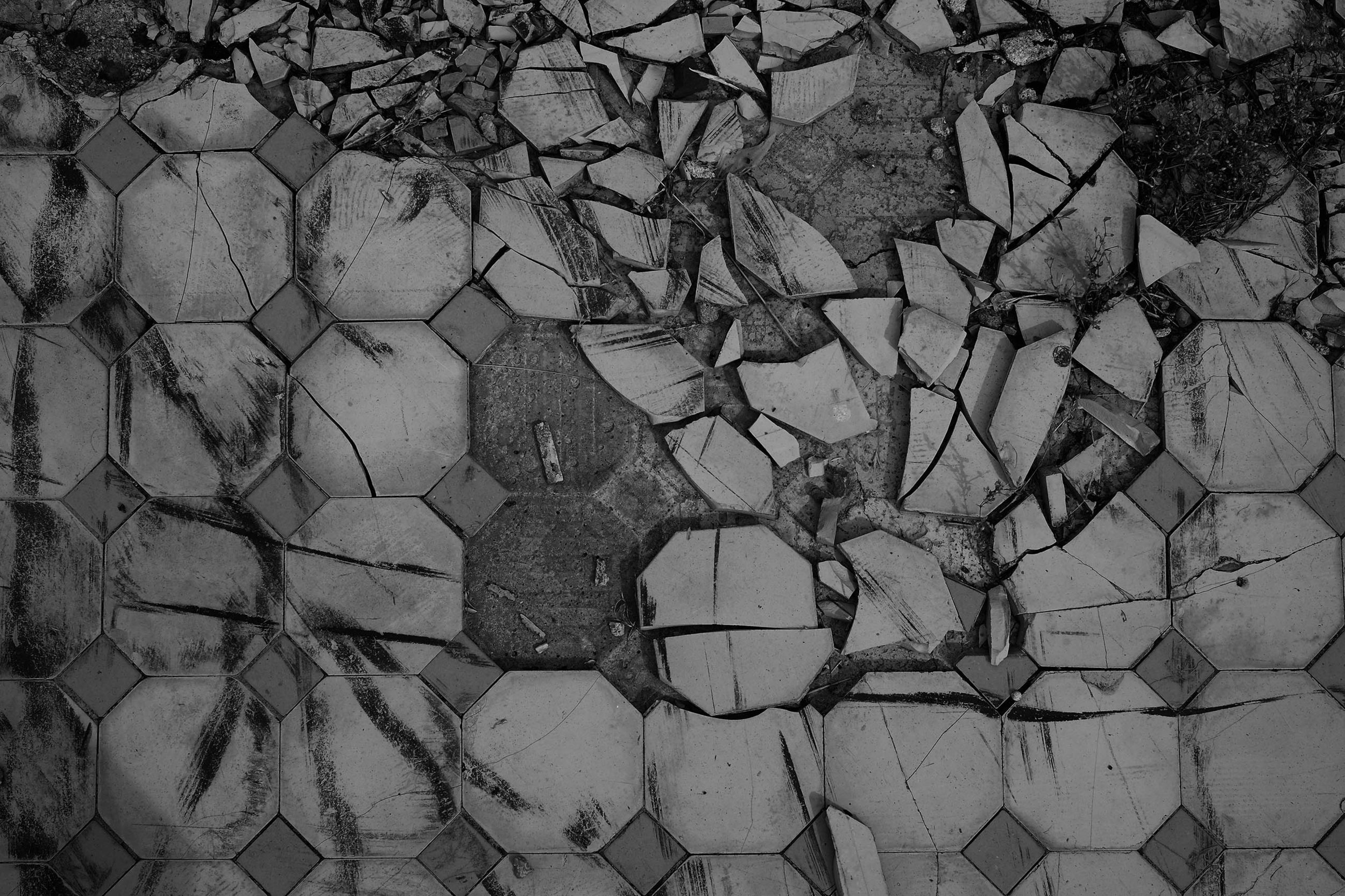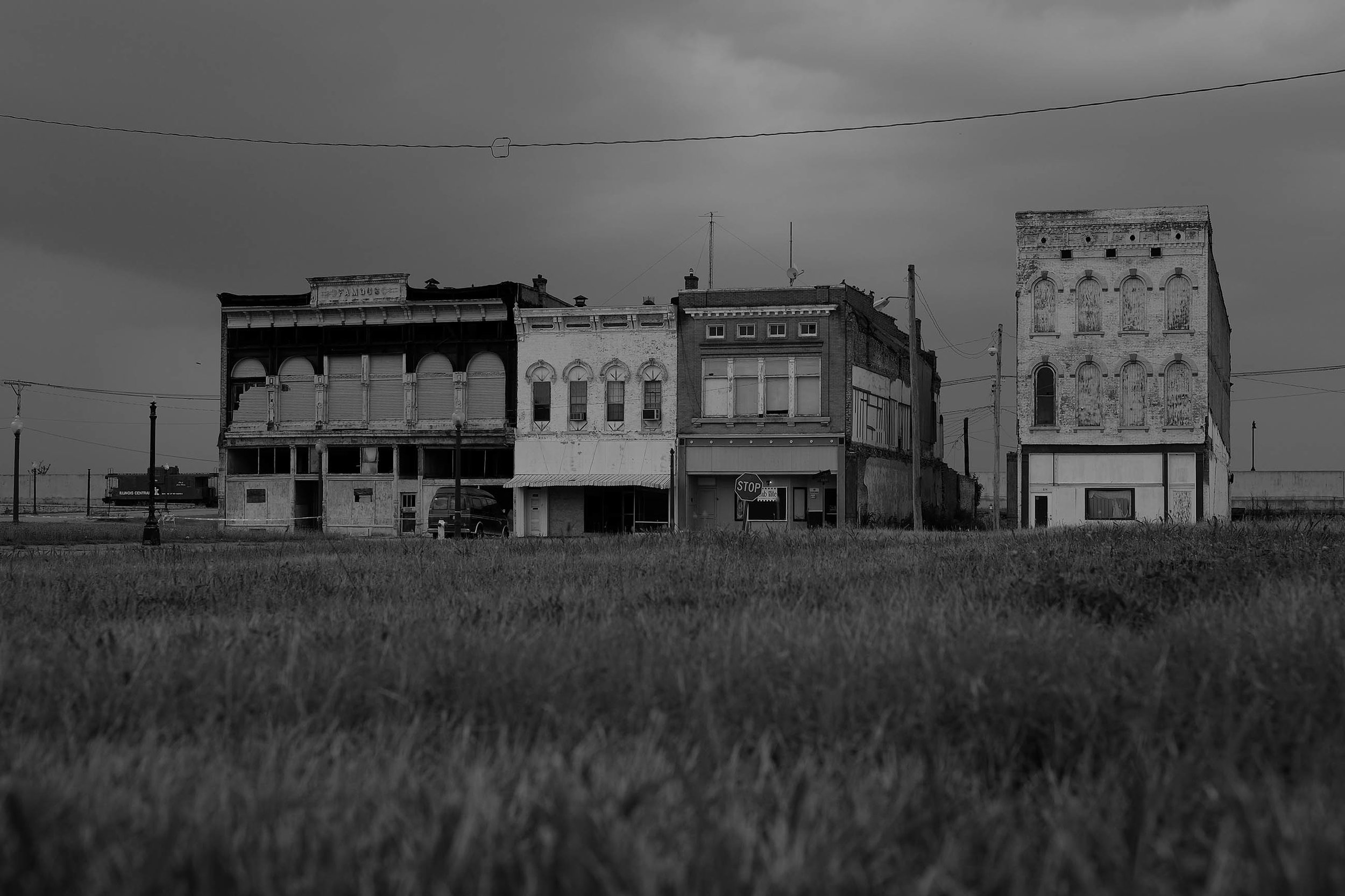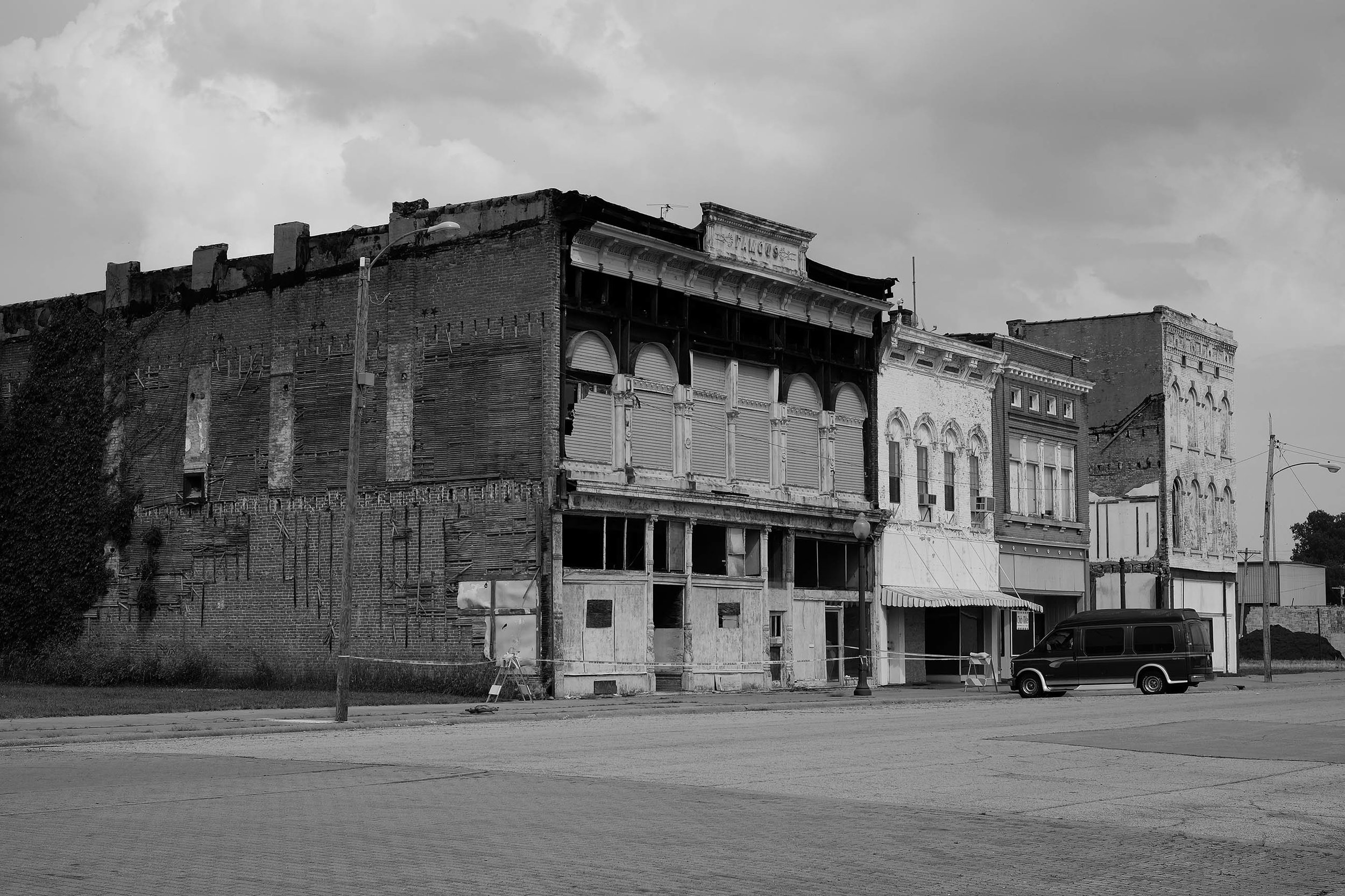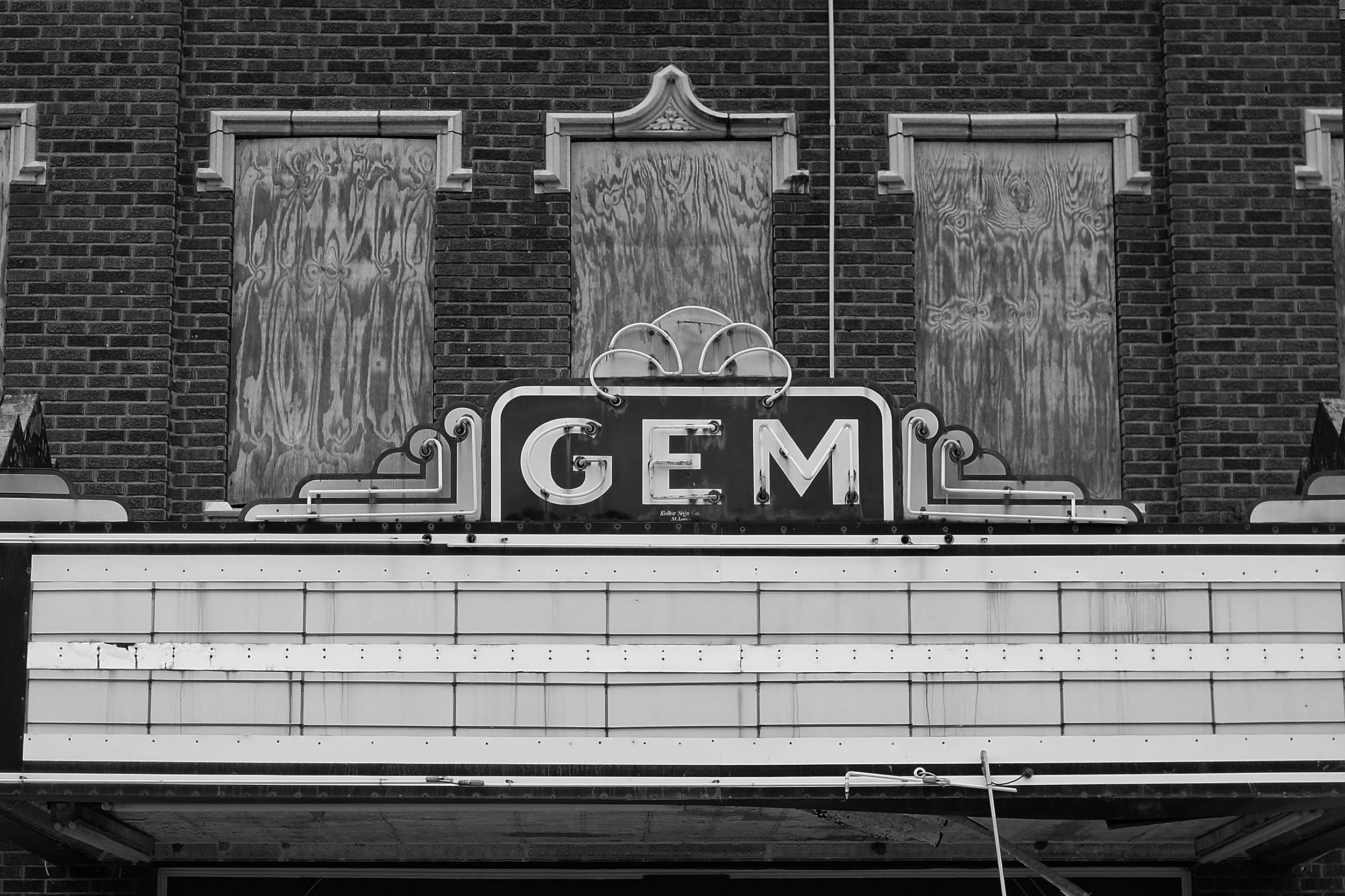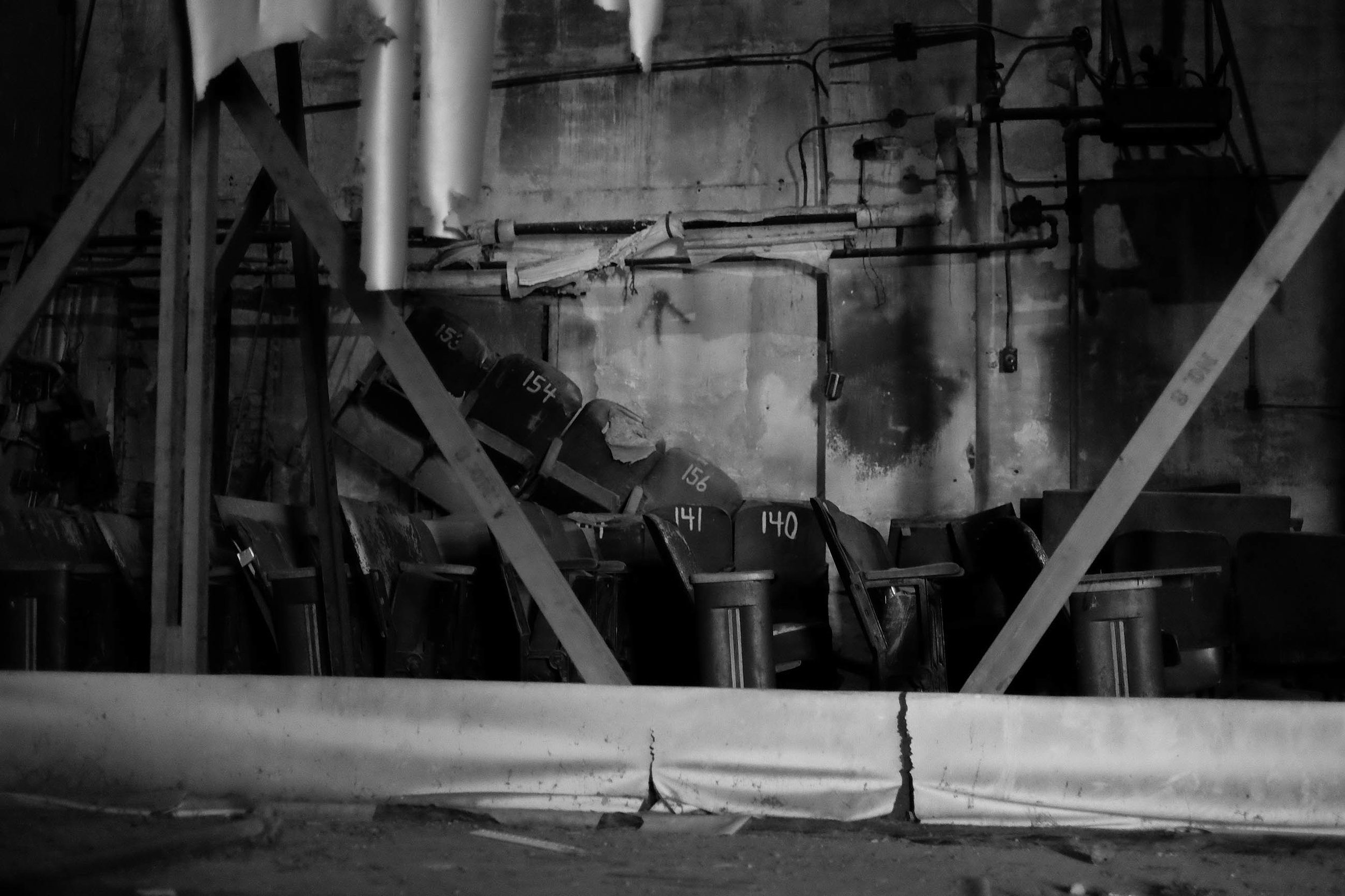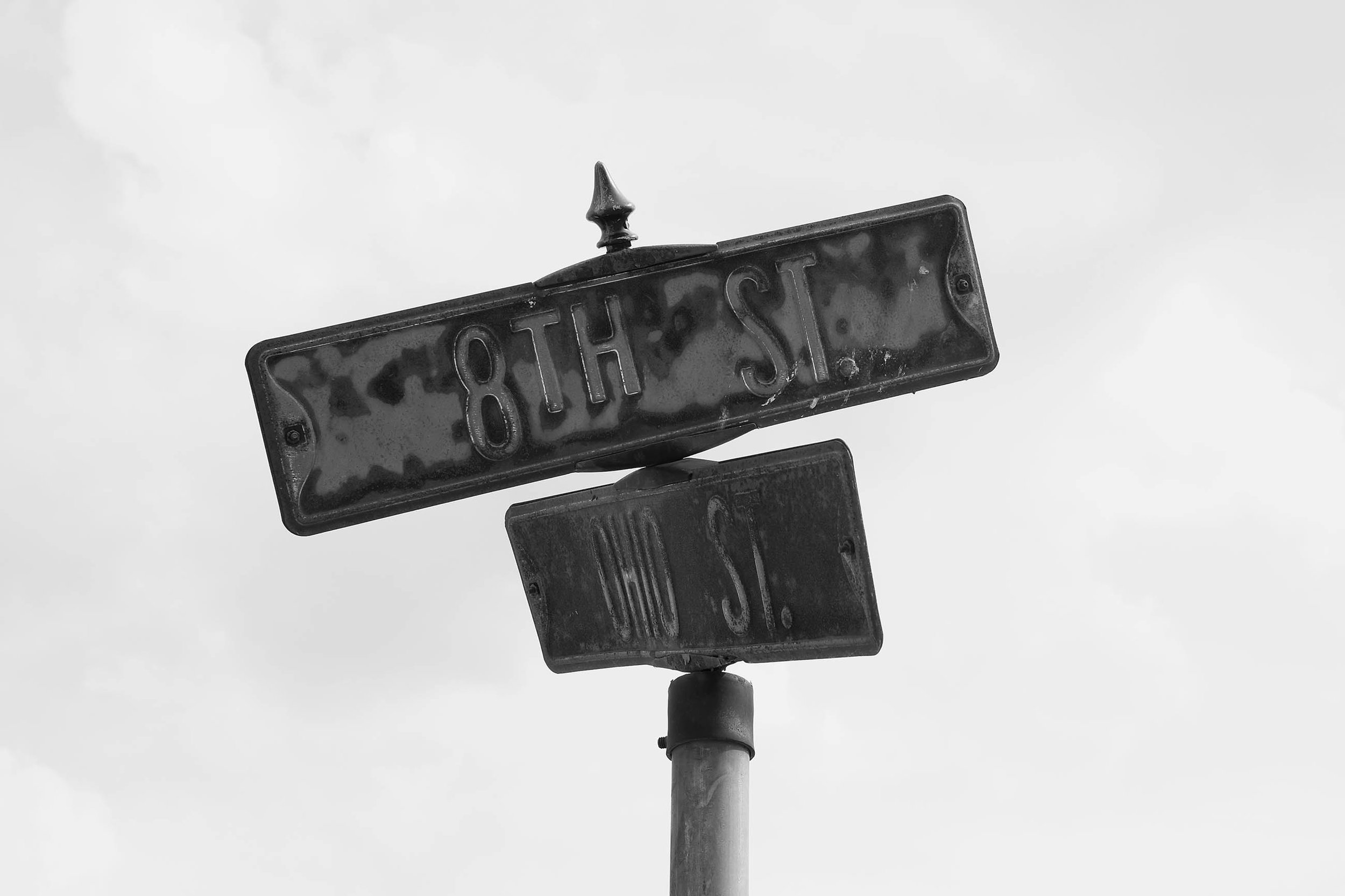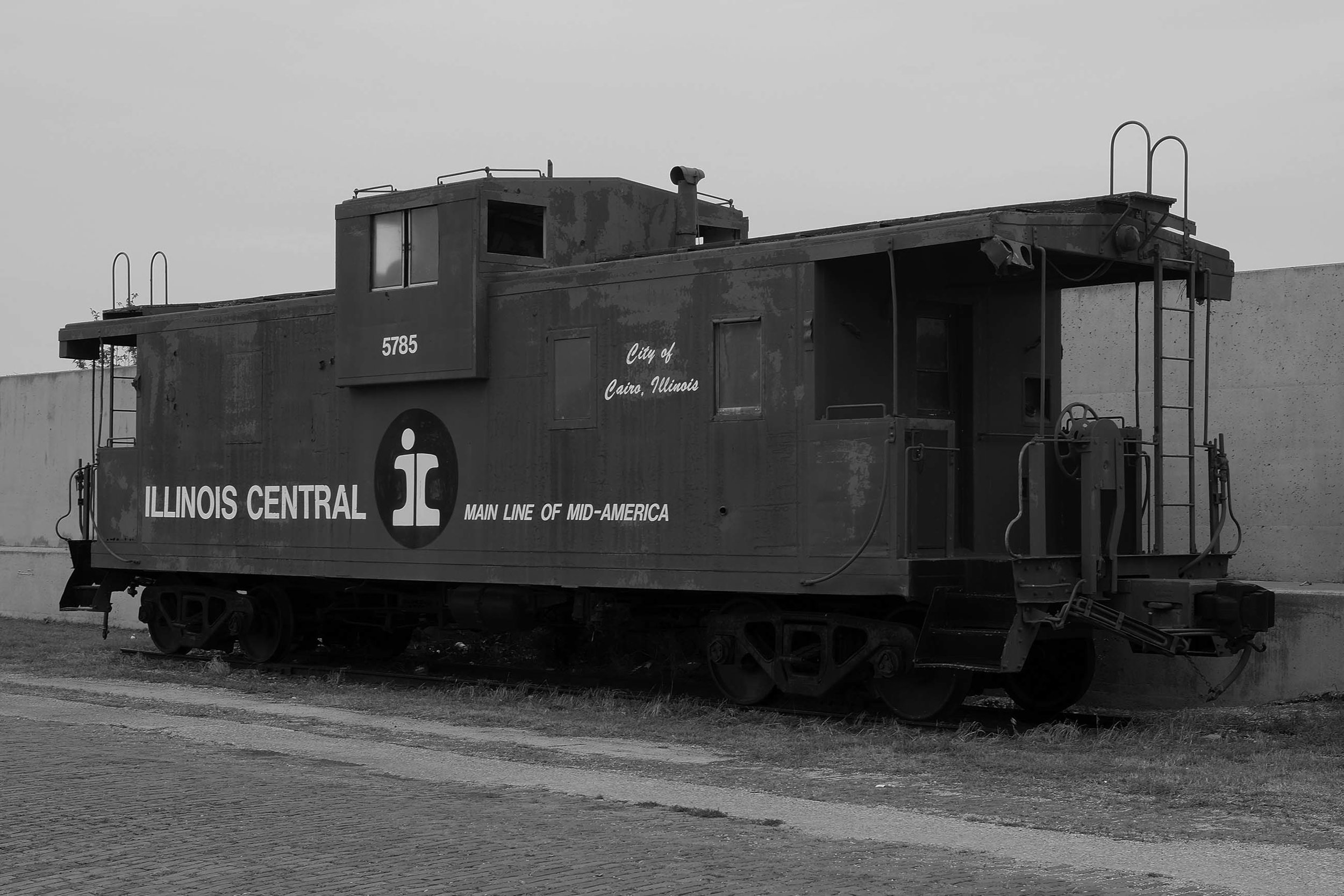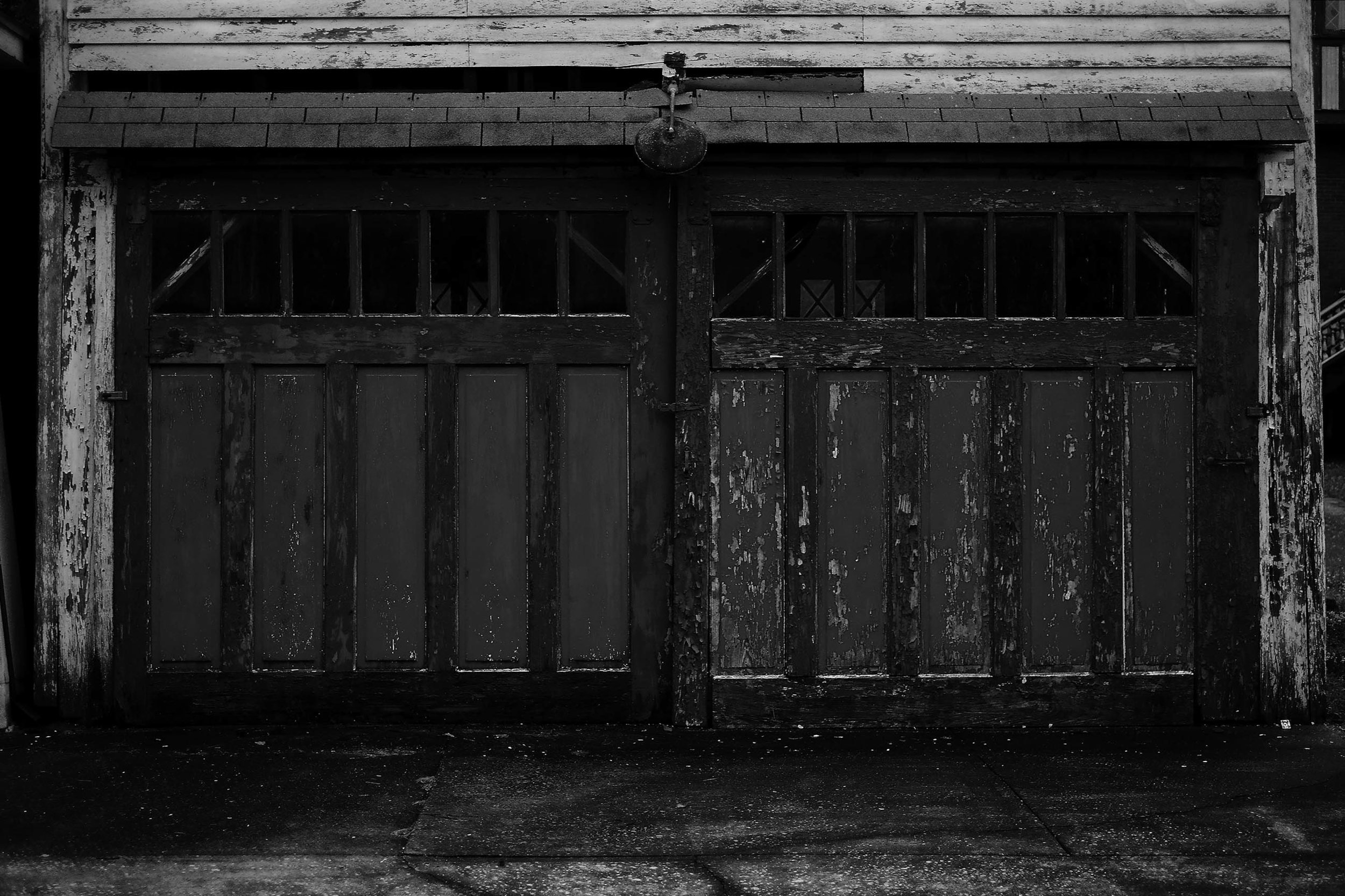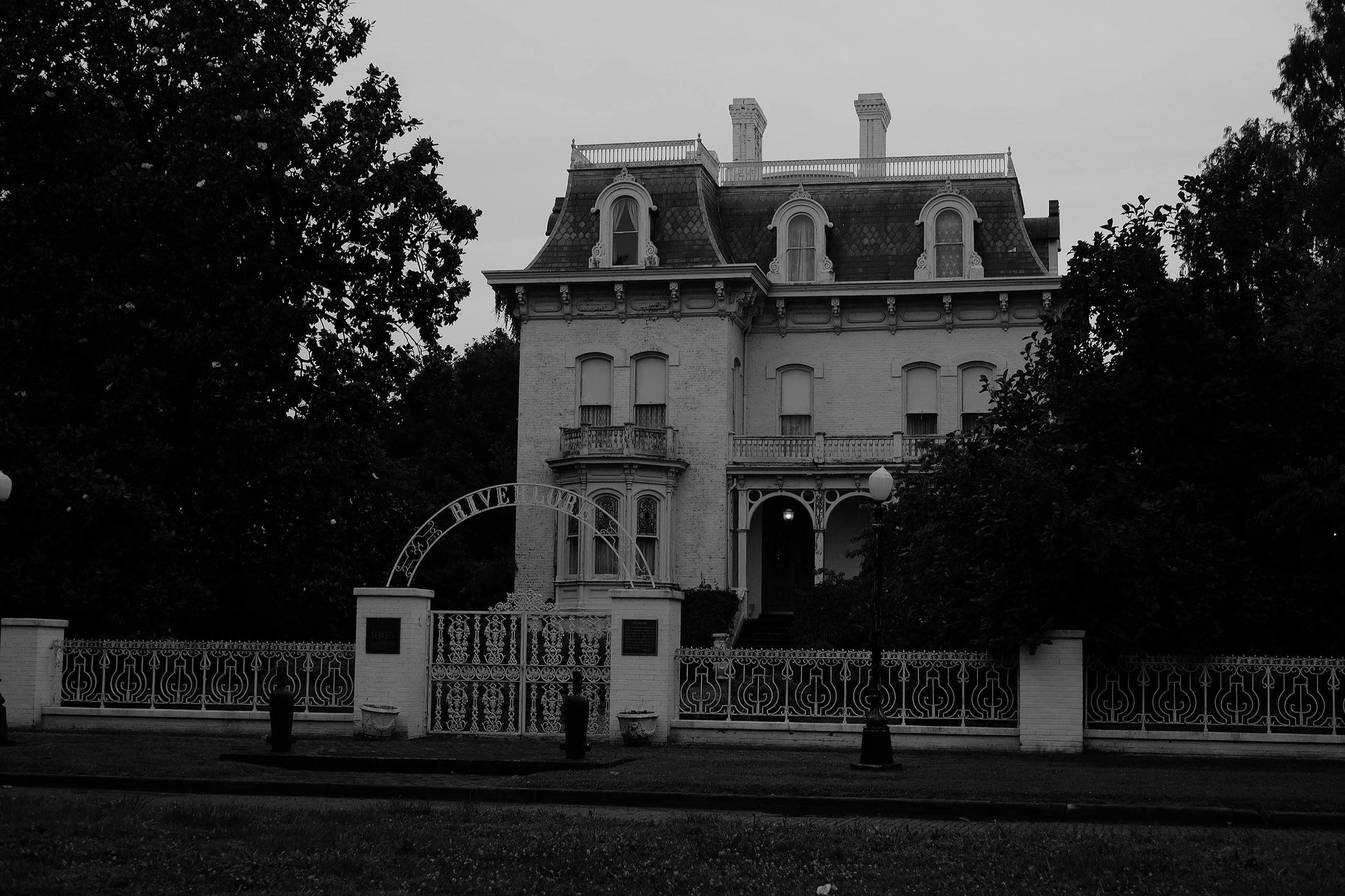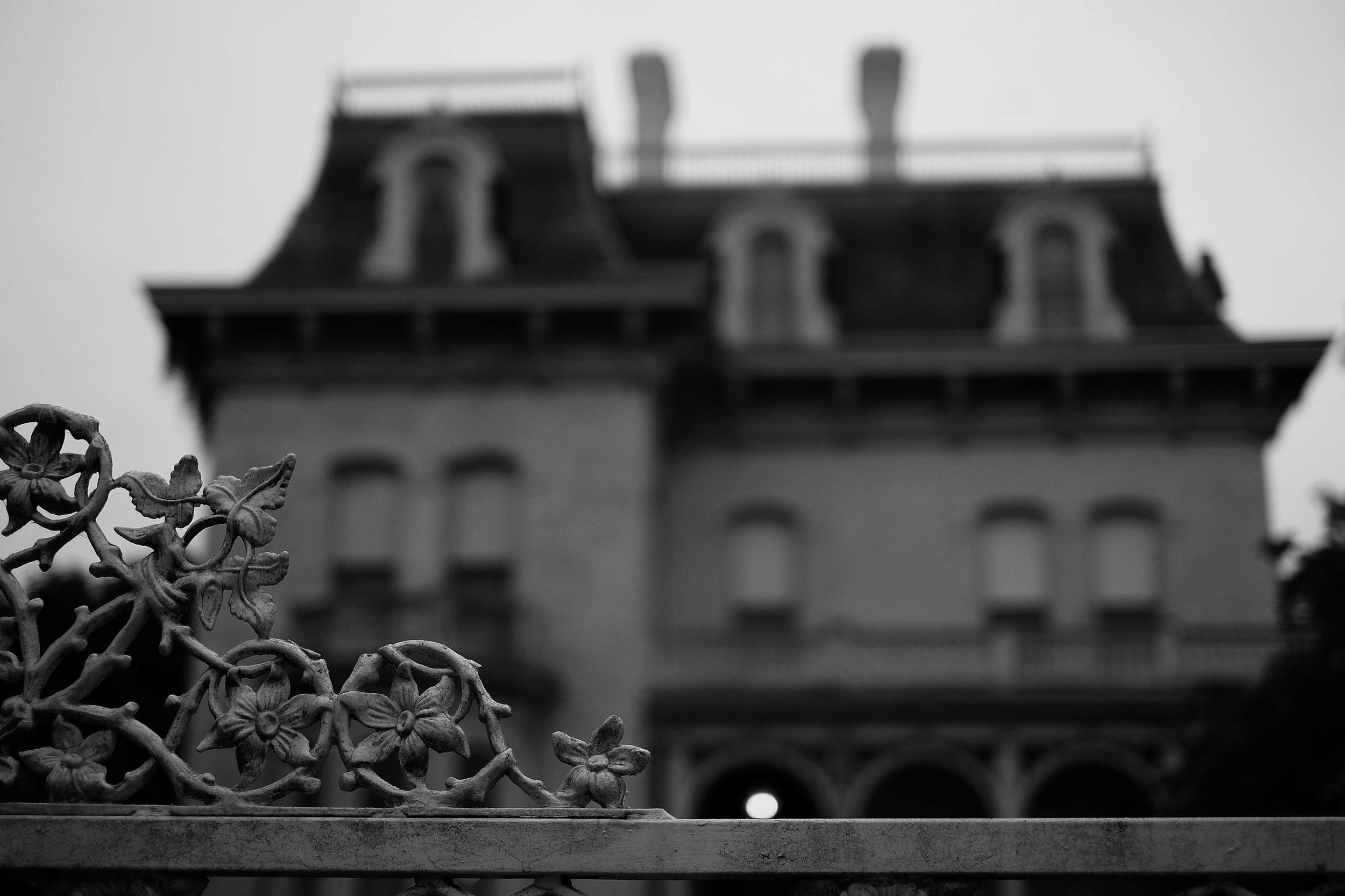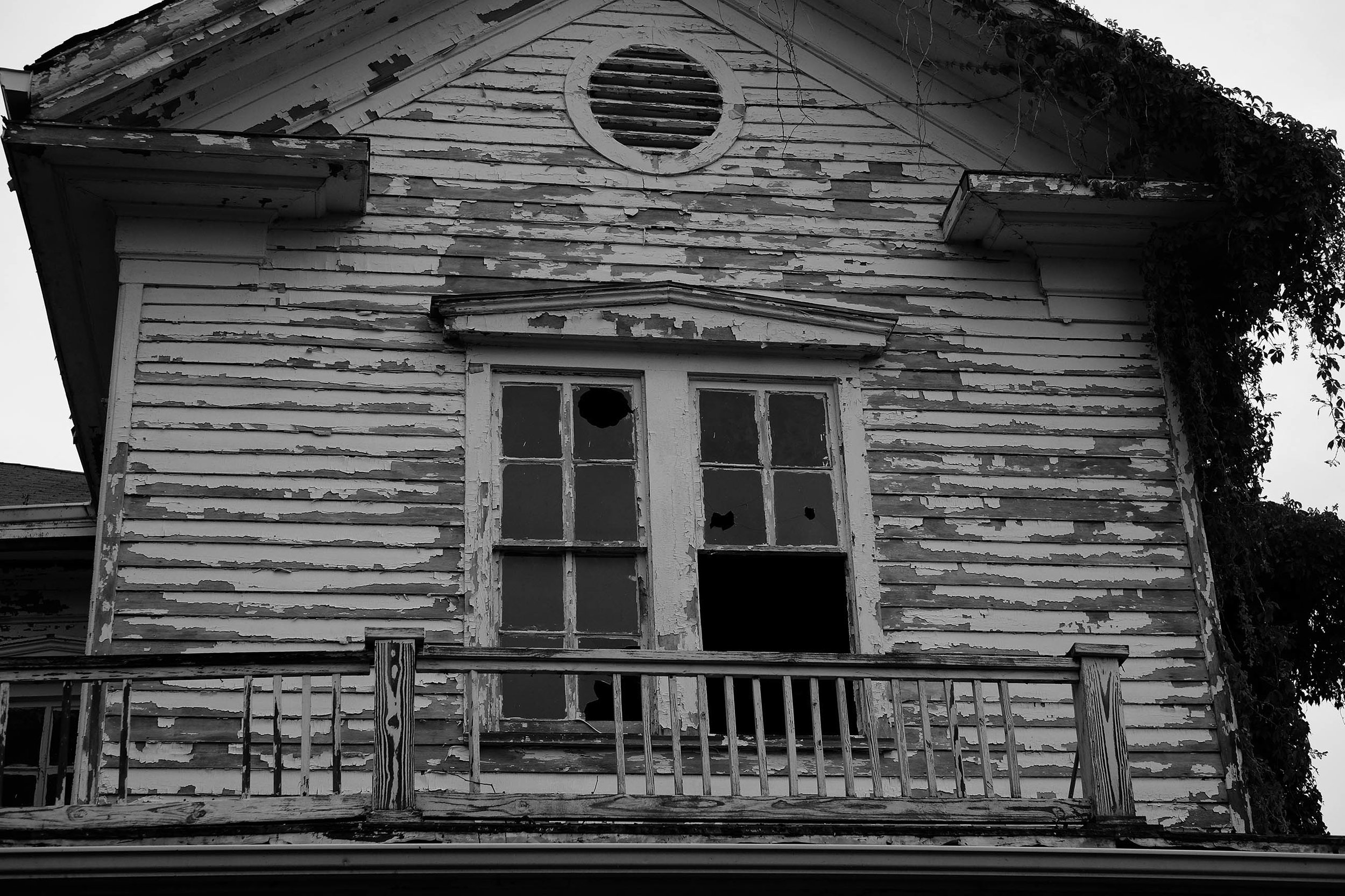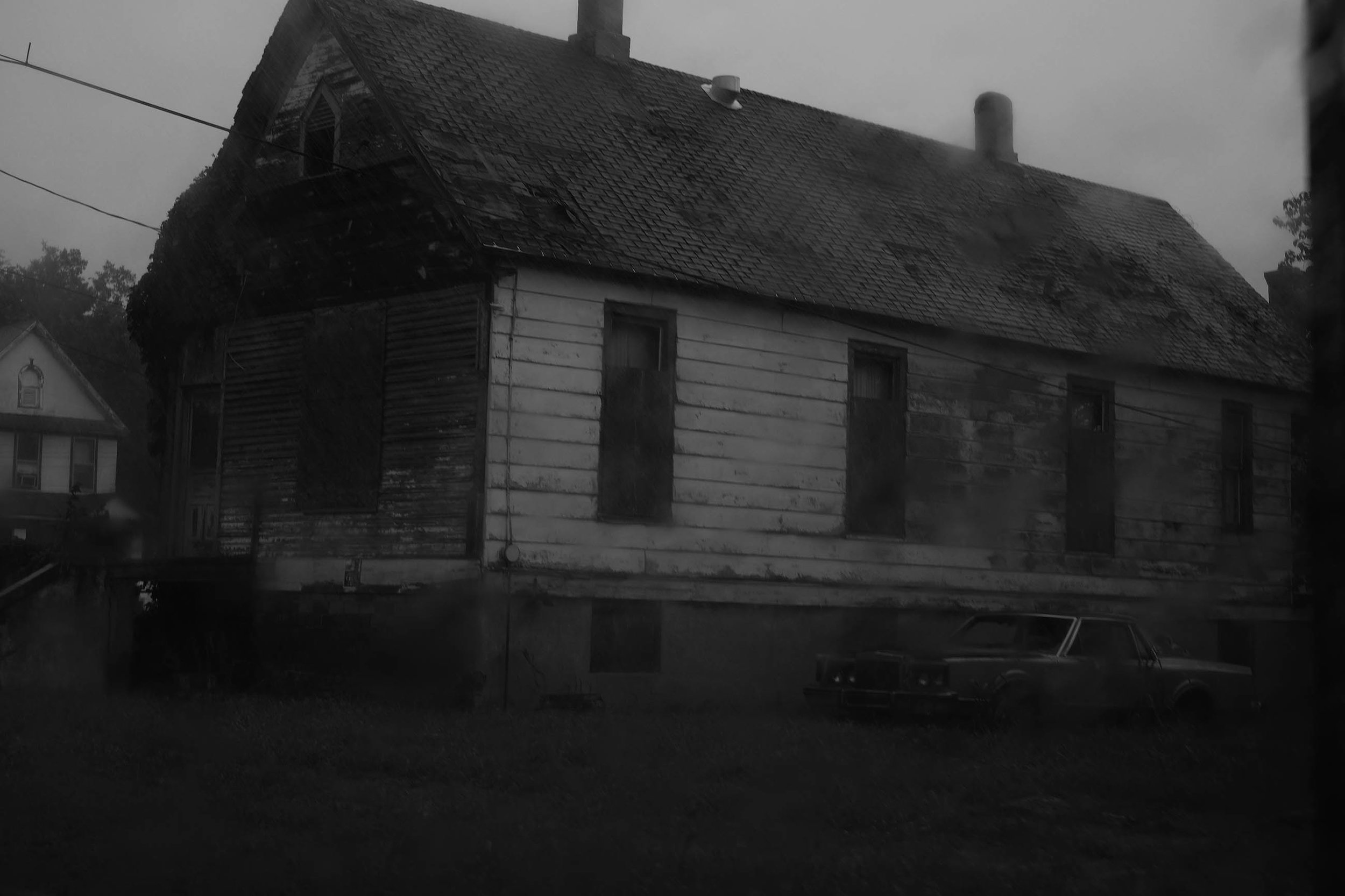Cairo, Illinois is located at the confluence of the Mississippi and Ohio Rivers. Locals in Southern Illinois refer to the region as "Little Egypt". With a turbulent history, Cairo is one of the most interesting small towns in America that I have visited.
The city's population peaked in the 1910s. Though the city's infrastructure was built for around 20,000 people, less than 2,600 live there today. Once a bustling river town and center of transportation, economic depression struck the city over half a century ago — Cairo never recovered. Racial tensions, economic decline, floods, and changes in river transportation were all factors to the city's entropy. Today it is essentially a ghost town with a few roads passing through. The Lewis and Clark expedition also passed through what was to become Cairo in the year 1803.
I have been to Cairo on a number of occasions. The first time was in 2008 with my brother, Philip. The photos in this blog post were taken in the summer of 2015 with my girlfriend, Nella. The city has changed considerably in some ways but hardly at all in others. For instance, when my brother and I visited the first time, it was as if we were in a bombed-out, war-torn city. Buildings had collapsed into the street, empty bottles littered the entrances to abandoned buildings, and stray dogs roamed the streets. I visited in 2008, 2011, 2015, and 2016. I discovered on each trip that a little more of the town was gone. When I arrived in 2015 the majority of the downtown area had been demolished since my first visit in 2008. I would say 85% of what I saw in 2008 was gone eight years later — And who knows how much had already been torn down before '08. The city does look cleaner now. There are more vacant lots but at least the rubble in the streets had been removed. I am not sure why more was not done for the city as it floundered. I suppose there just wasn't enough interested or funds to do anything before it was too late. It's upsetting that Cairo has essentially lost its entire historic downtown.
Each visit to the near-ghost town leaves me with thoughts about the lives of the people who once inhabited the city, as well as those who still call it home. For me, the atmosphere is thick with a lingering residue of depression, racial tension, floods, and all of the hardships the community has endured. I am hopeful for the future of Cairo.

